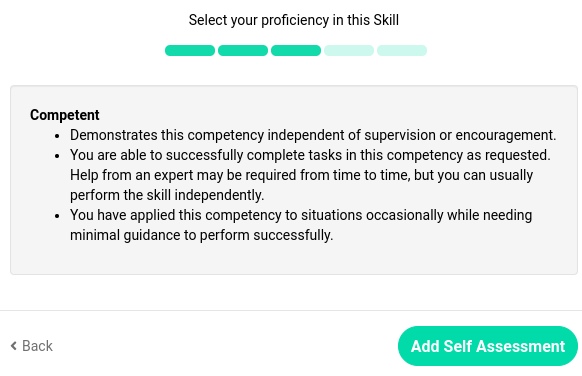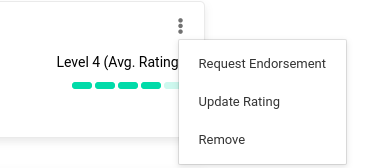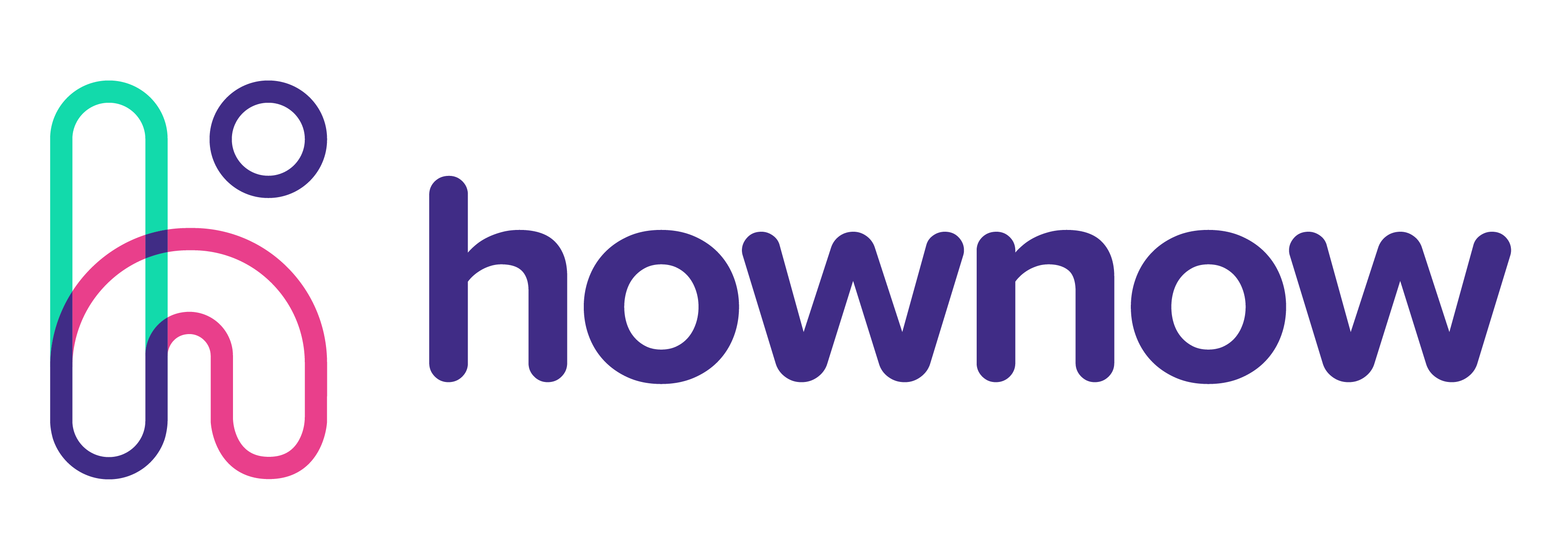11 tips for building great leadership courses, which you can apply today!
Behind every great leader, there’s a great leadership course. Well, that’s not entirely true, but hopefully by the end of this article, you’ll have enough tips to make sure that’s the case.
But why is it so crucial to build effective and personalised pathways for leaders? They help increase internal mobility, they can help align learning with business goals, they could build better relationships and so much more!
So, let’s get right into these 11 tips for creating leadership development courses that drive your company forward.
Consider their starting point
Leadership is such a broad term! There are so many different levels, stages and types of leadership, and your job should be to work out where your people sit within those. Are they completely new to the concept of leading others? Have they gained some kind of junior management experience and need to kick on? Is the experience directly linked to a different sector and now they’re making a move?
What we’re saying is that there’s no point teaching someone to suck eggs but it’s just as pointless to hand an inexperienced leader a dozen of those fragile-shelled little ovals when they’re not ready.
For a leadership course to be really effective, you need to personalise it based on where somebody is now and where they want to be.
What are your company’s short and long-term goals?
It’s a good idea for your leadership development programs to align the wider business objectives. There’s a number of reasons why but the most convincing argument is that it’ll help you convince senior leaders of its value and help you demonstrate how you’re adding value.

We often talk about skills gaps, but when you start thinking about objectives you might spot leadership gaps too. Which managers are missing in order for the company to reach those goals? What time frame are we looking at? And how are we going to address those by building the leadership style and skills?
Keep your eyes peeled for potential leaders
When there is a leadership gap, it’s wise to think about whether someone currently in the team has the potential to plug it. Not only does that offer people the progress that engages and retains them, but it also ensures you’re making the most of all their knowledge around how the company currently works, the culture, the values and your people.
If one door opens to them and they do find themselves in a leadership role, that could open up progression to other team members who are capable of stepping into their shoes. Those are just a few of the reasons why internal mobility can really drive employee engagement and should influence your thinking for building leaders.
Consider the company culture
You won’t always promote internal talent into the leadership team, so it’s important to consider how well potential hires align with company values and culture. When you’ve found the right candidate, those themes shouldn’t stop – instead, your leadership courses should amplify their understanding and alignment with the culture.
Peer-to-peer development and mentoring
What better way to build management skills than to pair somebody with effective leaders currently within the team? The knowledge they’ve built on the job can be hugely beneficial in helping others develop, precisely because they’ve done it on the job, in the context of your company and that makes it highly relevant.
Learn from the development pathways of others
It’s not just your people that can learn from others, dig into the numbers and insights and you’ll find plenty of valuable data to guide how you build your courses. In HowNow, for example, you could search for learners with a particular job title, analyse their development history and the skills they have in common.
If all of your best-performing leaders have taken a particular course or excelled in a specific skill, it might be wise to incorporate that into the pathways for future leaders.
Determine where they’ll be managing their relationships
If someone’s managing an entirely remote team, 17 hours of face-to-face relationship building might not be the best use of their time. And if there’s a platform they’ll be using to engage with the majority of their team for the majority of the time, learning how to master that system should be a key part of their leadership course.
We might sound like a broken record but it’s not enough to simply decide what each leader in your team needs to have, you’ve got to consider the specific tools and talents each individual will need to do their job well.
Consider using practice scenarios and assessments
If you build practice scenarios into your courses you’ll achieve a couple of things. Firstly, you’ll offer pressure-free environments for them to put what they’re learning to the test, which especially important if you consider the potential implications of poor manager-learner interactions. Secondly, you’re turning passive consumption of resources into active learning, enhancing the chances that your potential leader is going to remember all that valuable information.
Try thinking outside the box too, if you’re struggling for inspiration, maybe we can shamelessly tell you about a few of the things you can do in HowNow? Why not ask a learner to leave an audio or video response on how they’d resolve an employee concern? Sometimes, it’s not what they’d say, it’s how they’d say it – so a written response wouldn’t help you gauge their tone.

Another good example would be to set up dependencies in flows or questions. What we mean by that is setting up a flow that sends them to questions dependent on what their answer was. If you want them to understand the typical chain of events that might unfold as a result of a response, this is a great and consequence-free option.
Who are they going to be working with?
Managing relationships is a key part of any leadership role, so your course should do as much as it can to help people do that effectively. If it doesn’t help them understand who they’re working with, in what capacity and at which times, it won’t be particularly helpful for building the connections they need.
You might choose to ask the right colleagues to record videos explaining all those things and drag that into one course, you might choose to sum it up in written form or create some kind of visual guide – that’s for you to decide.
Measure their progress
The best way to do that is by using a 360-degree review process that involves self-reflection on the leader’s part, feedback from those they’re leading and your own observations. In HowNow, we help you build a dynamic skills profile for each learner, allowing them to add their own proficiency for skills in self-assessments and request endorsements from colleagues.


Add that to the information for tests (which you can always ask them to repeat at later dates to measure progress), and you’ll start building a clear picture of their progress.
Work out where you’re going to manage it all
Doing all or even most of these things can be difficult to manage and that’s why you have to pick your tech or platform wisely. If you’re looking for a platform that helps you create courses easily, identify skills, measure progress, tap into social learning and a lot more, let us show you around HowNow!







